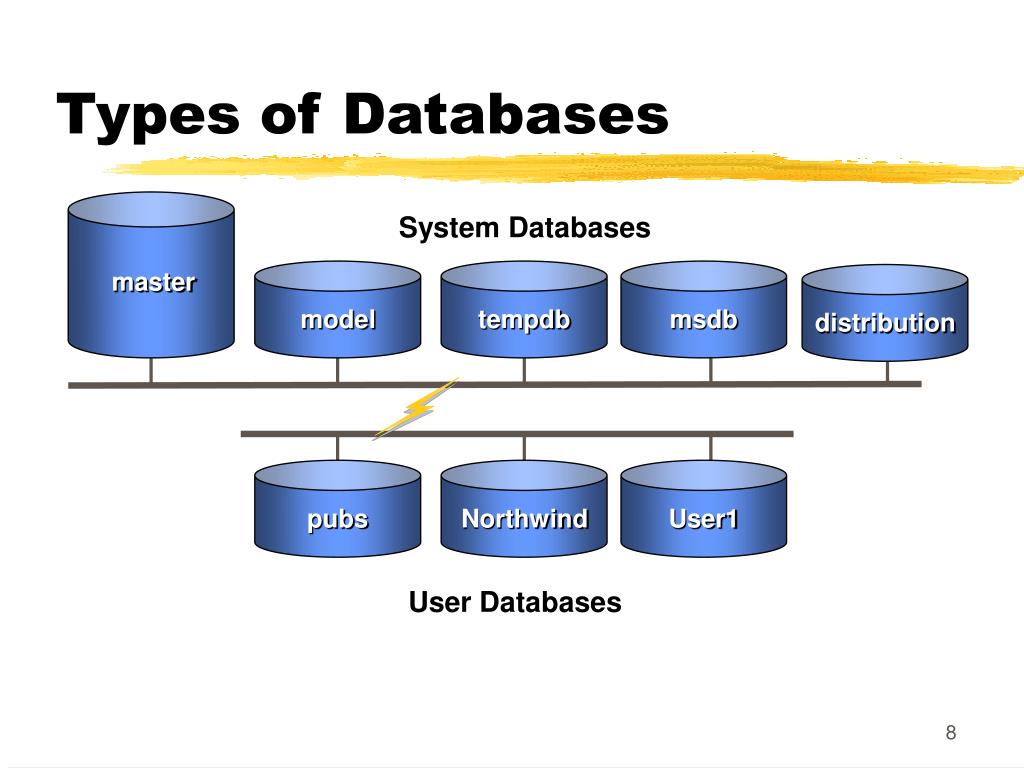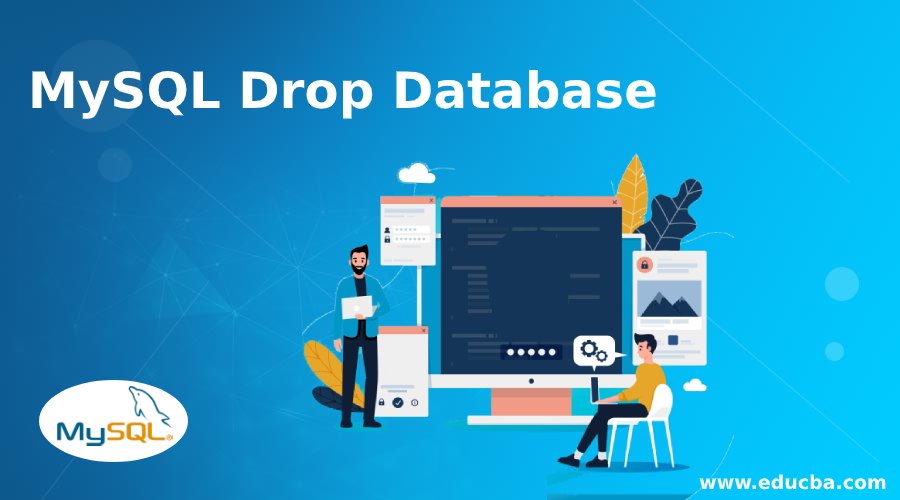Amazon Aurora: The High-Performance RDS Database
Amazon Aurora is a high-performance, MySQL-compatible database service that is part of the RDS database types offered by Amazon Web Services (AWS). Aurora provides up to five times the throughput of standard MySQL databases, making it an excellent choice for high-traffic web and mobile applications that require fast and reliable database performance.
Aurora’s architecture is designed to offer high availability and durability, with automatic replication and automatic failover to ensure data consistency and availability. Additionally, Aurora offers features such as point-in-time recovery, backup and restore, and database snapshots, providing robust data management capabilities.
Aurora’s compatibility with MySQL means that it can be used as a drop-in replacement for existing MySQL databases, allowing for easy migration and minimal application changes. Furthermore, Aurora offers advanced features such as query optimization, enhanced security, and better scalability, making it a great choice for applications that require complex querying and data manipulation.
In summary, Amazon Aurora is a high-performance RDS database type that offers advanced features and capabilities, making it an excellent choice for high-traffic web and mobile applications that require fast and reliable database performance. By choosing Aurora, you can ensure that your application runs smoothly and efficiently, with robust data management capabilities and high availability and durability.
PostgreSQL: The Open-Source RDS Database
PostgreSQL is an open-source, object-relational database system that is part of the RDS database types offered by Amazon Web Services (AWS). It is a popular choice for applications that require complex querying and data manipulation, thanks to its advanced features such as multi-version concurrency control, point-in-time recovery, and support for JSON data types.
PostgreSQL is known for its reliability, data integrity, and robustness, making it a great choice for applications that require mission-critical data management capabilities. Additionally, PostgreSQL offers advanced features such as full-text search, spatial data types, and support for multiple programming languages, providing developers with a wide range of tools and capabilities.
PostgreSQL’s compatibility with the SQL standard means that it can be used as a drop-in replacement for existing SQL databases, allowing for easy migration and minimal application changes. Furthermore, PostgreSQL offers advanced features such as query optimization, enhanced security, and better scalability, making it a great choice for applications that require complex querying and data manipulation.
In summary, PostgreSQL is an open-source RDS database type that offers advanced features and capabilities, making it an excellent choice for applications that require complex querying and data manipulation. By choosing PostgreSQL, you can ensure that your application runs smoothly and efficiently, with robust data management capabilities and high data integrity and reliability.
MySQL: The Widely-Used RDS Database
MySQL is a widely-used, open-source relational database management system that is part of the RDS database types offered by Amazon Web Services (AWS). It is a great choice for web and mobile applications that require fast and reliable performance, simple data structures, and basic querying capabilities.
MySQL is known for its ease of use, simplicity, and reliability, making it a popular choice for developers and businesses alike. Additionally, MySQL offers advanced features such as stored procedures, triggers, and views, providing developers with a wide range of tools and capabilities.
MySQL’s compatibility with the SQL standard means that it can be used as a drop-in replacement for existing SQL databases, allowing for easy migration and minimal application changes. Furthermore, MySQL offers advanced features such as query optimization, enhanced security, and better scalability, making it a great choice for applications that require simple data structures and basic querying capabilities.
In summary, MySQL is a widely-used RDS database type that offers fast and reliable performance, making it an excellent choice for web and mobile applications that require simple data structures and basic querying capabilities. By choosing MySQL, you can ensure that your application runs smoothly and efficiently, with robust data management capabilities and high reliability and simplicity.
MariaDB: The Compatible Drop-In Replacement for MySQL
MariaDB is a community-developed, open-source database system that is fully compatible with MySQL. It is a great choice for applications that require a drop-in replacement for MySQL, offering advanced features such as improved query optimization, enhanced security, and better scalability.
MariaDB is known for its reliability, data integrity, and robustness, making it a great choice for applications that require mission-critical data management capabilities. Additionally, MariaDB offers advanced features such as full-text search, spatial data types, and support for multiple programming languages, providing developers with a wide range of tools and capabilities.
MariaDB’s compatibility with MySQL means that it can be used as a drop-in replacement for existing MySQL databases, allowing for easy migration and minimal application changes. Furthermore, MariaDB offers advanced features such as query optimization, enhanced security, and better scalability, making it a great choice for applications that require a drop-in replacement for MySQL.
In summary, MariaDB is a compatible drop-in replacement for MySQL that offers advanced features and capabilities, making it an excellent choice for applications that require a reliable, secure, and scalable database system. By choosing MariaDB, you can ensure that your application runs smoothly and efficiently, with robust data management capabilities and high data integrity and reliability.
Oracle: The Enterprise-Grade Database
Oracle is an enterprise-grade, relational database management system that offers advanced features such as real-time analytics, data warehousing, and high availability. It is a great choice for mission-critical applications that require robust data management capabilities.
Oracle is known for its scalability, reliability, and performance, making it a popular choice for large enterprises and organizations that require advanced data management capabilities. Additionally, Oracle offers advanced features such as partitioning, compression, and advanced security, providing developers with a wide range of tools and capabilities.
Oracle’s compatibility with the SQL standard means that it can be used as a drop-in replacement for existing SQL databases, allowing for easy migration and minimal application changes. Furthermore, Oracle offers advanced features such as query optimization, enhanced security, and better scalability, making it a great choice for mission-critical applications that require robust data management capabilities.
In summary, Oracle is an enterprise-grade RDS database type that offers advanced features and capabilities, making it an excellent choice for mission-critical applications that require robust data management capabilities. By choosing Oracle, you can ensure that your application runs smoothly and efficiently, with advanced data management capabilities and high reliability and performance.
SQL Server: The Microsoft-Based Database
SQL Server is a Microsoft-based, relational database management system that offers advanced features such as reporting and business intelligence, data integration, and security. It is a great choice for applications that require Microsoft-based technology and tools.
SQL Server is known for its ease of use, reliability, and performance, making it a popular choice for businesses and organizations that require advanced data management capabilities. Additionally, SQL Server offers advanced features such as partitioning, compression, and advanced security, providing developers with a wide range of tools and capabilities.
SQL Server’s compatibility with the SQL standard means that it can be used as a drop-in replacement for existing SQL databases, allowing for easy migration and minimal application changes. Furthermore, SQL Server offers advanced features such as query optimization, enhanced security, and better scalability, making it a great choice for applications that require Microsoft-based technology and tools.
In summary, SQL Server is a Microsoft-based RDS database type that offers advanced features and capabilities, making it an excellent choice for applications that require Microsoft-based technology and tools. By choosing SQL Server, you can ensure that your application runs smoothly and efficiently, with advanced data management capabilities and high reliability and performance.
Step 1: Define Your Application Requirements
When choosing the right RDS database type for your application, the first step is to define your application requirements. Consider the following factors:
- Data structure: Determine the type and complexity of data that your application will handle. Will it be structured or unstructured data? Will it require complex relationships or simple data structures?
- Query complexity: Consider the complexity of the queries that your application will run. Will it require simple queries or complex queries with multiple joins and subqueries?
- Scalability: Determine the scalability requirements of your application. Will it need to handle a large volume of data or a high number of concurrent users?
- Security: Consider the security requirements of your application. Will it handle sensitive data that requires advanced security features such as encryption and access controls?
By defining your application requirements, you can narrow down the list of RDS database types that are suitable for your needs. This will help you make an informed decision and ensure that your application runs smoothly and efficiently.
Step 2: Evaluate the Features and Capabilities of Each RDS Database Type
Once you have defined your application requirements, the next step is to evaluate the features and capabilities of each RDS database type. Consider the following factors:
- Performance: Evaluate the performance of each RDS database type. Consider factors such as throughput, latency, and response time. Choose a database type that can handle the expected workload of your application.
- Compatibility: Ensure that the RDS database type you choose is compatible with your application. Check if it supports the programming languages, frameworks, and tools that your application uses.
- Scalability: Consider the scalability requirements of your application. Choose a database type that can scale horizontally or vertically to handle increased workloads.
- Cost: Evaluate the cost of each RDS database type. Consider factors such as storage, compute, and network costs. Choose a database type that offers the best balance between cost and features.
By evaluating the features and capabilities of each RDS database type, you can make an informed decision about which one is the best fit for your application’s needs.
Step 3: Test Each RDS Database Type with Your Application
After evaluating the features and capabilities of each RDS database type, the next step is to test each one with your application. This will help you ensure compatibility and performance. Here are some tips for testing each RDS database type:
- Create a test environment: Set up a test environment that mimics your production environment. This will help you ensure that the test results are accurate and relevant.
- Test with sample data: Use sample data to test each RDS database type. This will help you evaluate the performance and scalability of each database type.
- Test complex queries: Test complex queries to evaluate the query optimization and execution capabilities of each RDS database type.
- Test security features: Test the security features of each RDS database type to ensure that your data is protected.
- Monitor performance: Monitor the performance of each RDS database type during testing. This will help you identify any performance issues and optimize the database configuration.
By testing each RDS database type with your application, you can make an informed decision about which one is the best fit for your needs. This will help you ensure that your application runs smoothly and efficiently.







